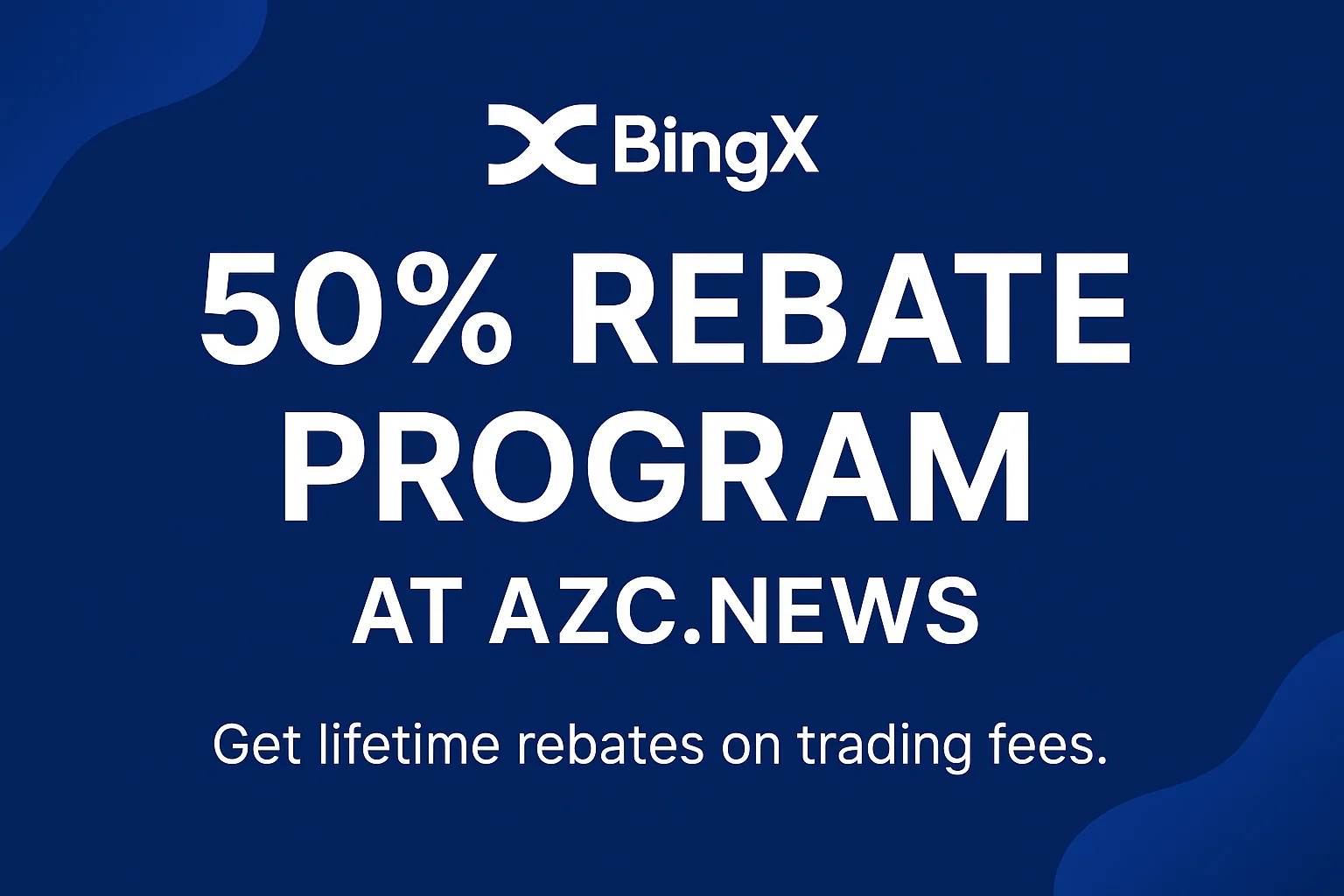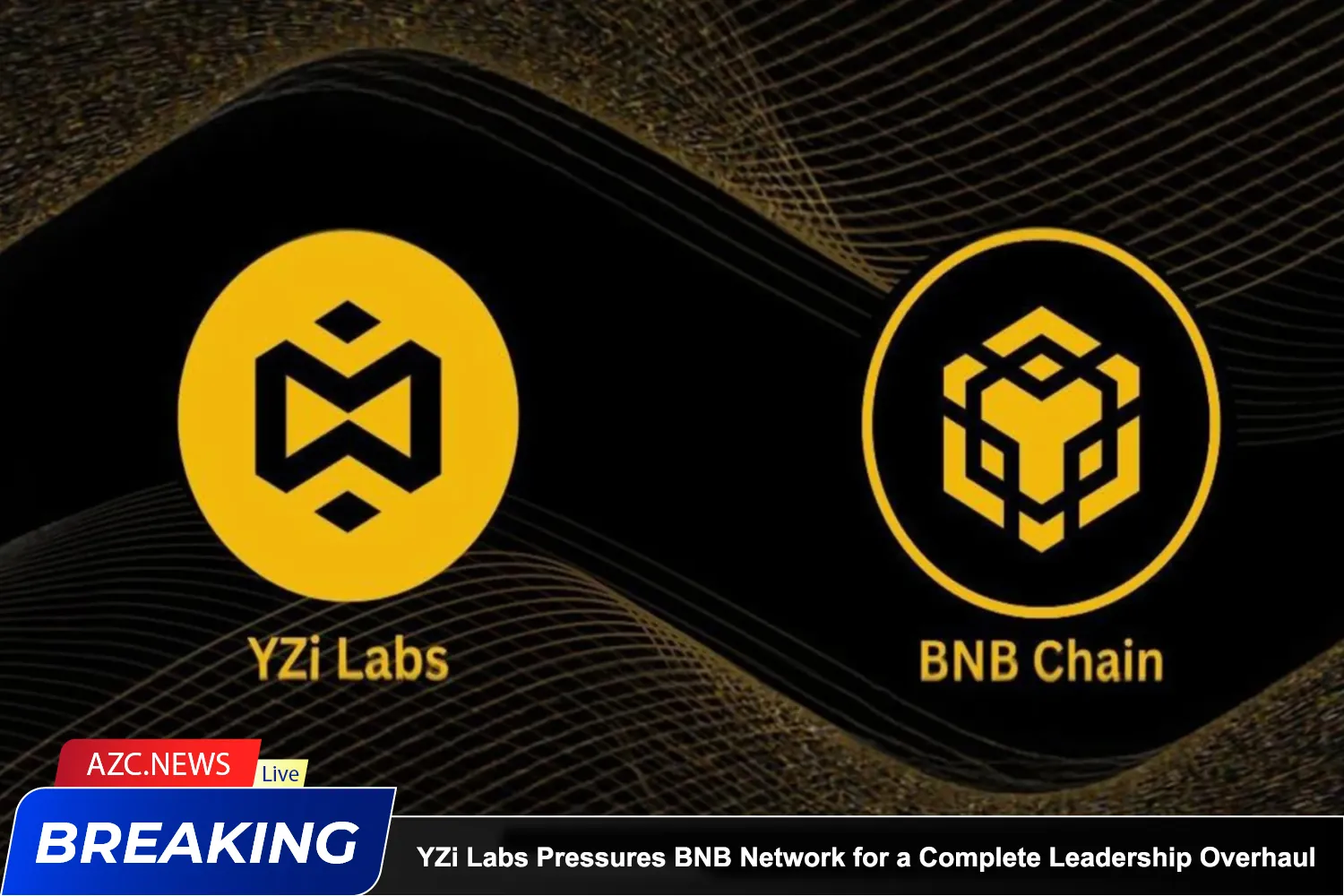Coinbase reported Q2 2025 revenue of $1.5 billion — a modest 3.3% year-over-year increase but a sharp 26% drop from the previous quarter. The decline was mainly driven by a slowdown in retail trading activity, which weighed heavily on overall performance.
Earnings per share (EPS) came in at just $0.12, significantly below analysts’ estimates of $1.19, according to the company’s July 31 shareholder letter.
Despite the slight year-over-year revenue growth, Coinbase missed expectations in several key areas. Retail trading volume reached $43 billion, falling short of the projected $48.05 billion, while total trading volume stood at $237 billion.
Stablecoin Revenue Provides Some Cushion

Coinbase’s subscriptions and services revenue hit $655.8 million, up 9% year-over-year, largely supported by stablecoin earnings. Stablecoin revenue alone rose 12% from Q1 to $332 million, boosted by a revenue-sharing agreement with Circle, the issuer of USD Coin (USDC). Coinbase keeps 100% of the revenue generated from USDC held on its platform and around 50% from off-platform USDC activity.
Still, total revenue from subscriptions and services fell short of analysts’ expectations of $705.9 million. Blockchain revenue within this segment declined 22% from the previous year to $144.5 million, while other subscription income surged nearly 72%.
Retail Activity Slows Ahead of Product Rollout
While institutional trading volume reached $194 billion — surpassing forecasts — retail trading, which typically yields higher profit margins, lagged. The slowdown followed a strong Q1, as investors shifted their focus from crypto to tariff and policy developments in Washington.
Following the earnings report, Coinbase shares fell 6% in after-hours trading. Nevertheless, year-to-date, the stock remains up over 50%, outperforming the S&P 500 index, which the company joined in May.
Looking ahead, Coinbase plans to expand its offerings for everyday users. The company announced that it will soon roll out new products on its app — starting with U.S. users — including tokenized real-world assets, derivatives, prediction markets, and early-stage token sales.






